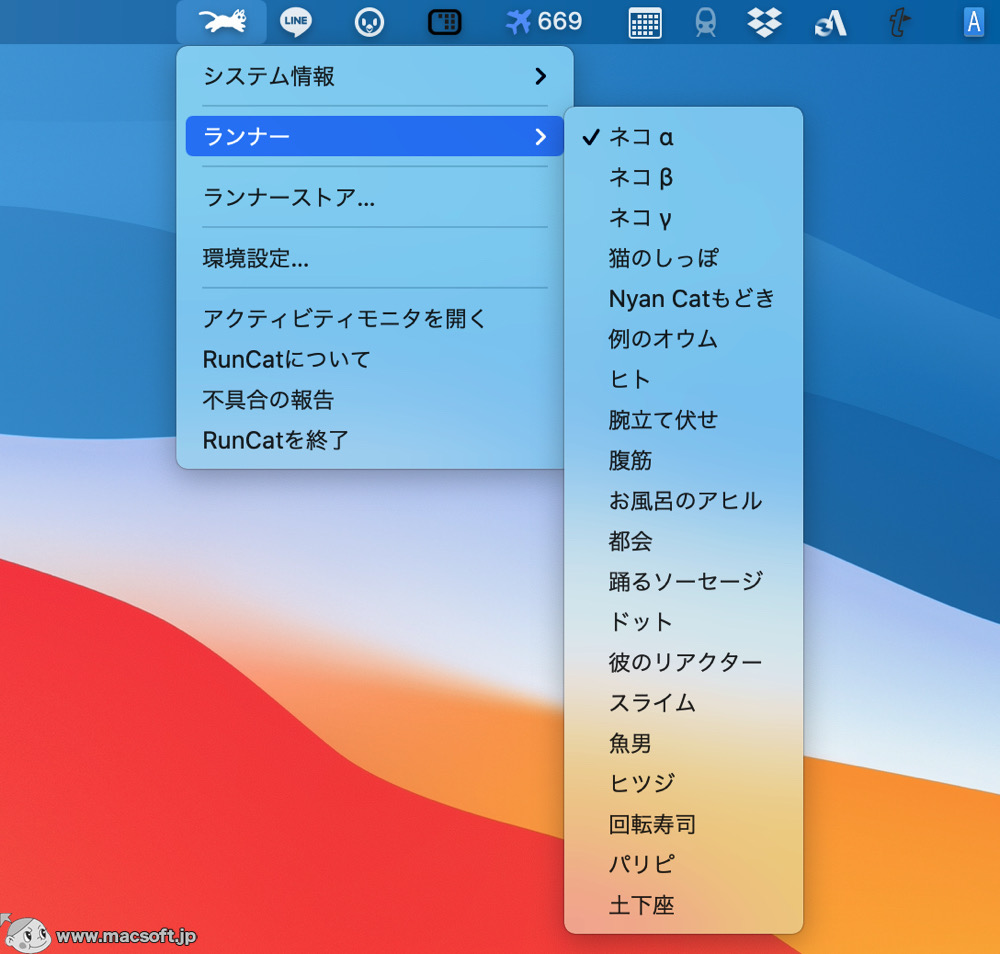You must start the Catalog Manager in a graphical user interface xterm on Linux systems.




Runecast Analyzer proactively audits your IT environment for best practices alignment & security compliance – for AWS, Azure, Kubernetes & VMware.
Examples of xterms are a native gnome, kde console, VNC, or a local x-server such as Xming, Tarantella, Hummingbird Exceed, or Citrix. (These examples do not constitute a statement of certification or support.) You cannot start the graphical user interface for Catalog Manager using an ASCII text terminal, such as PuTTy or FSecure or a command-line SSH.
Run Catalina
The runcat is at the source a jar located below $ORACLEHOME/bifoundation/web/catalogmanager/startup.jar 3.2 - Prerequisite Variable Environment Setting this environment are not needed if you use the runcat script. Catalogmanager execution requires these variables to be set in the environment. The cat tells you the CPU usage by running speed. Extension Homepage Download. 1,251 Followers, 560 Following, 794 Posts - See Instagram photos and videos from RunCat (@cat.run). RunCat is a free Mac menu bar app that features a running cat that adapts to your CPU speed. If it’s running relatively slow, then the cat will just be running at a leisurely pace, but if it’s running really high (try building a huge Xcode project), then the cat will go crazy!
Runcati
If the Catalog Manager does not start, then verify the following:

That you can run a native application such as xclock or xeyes.
That you can start Catalog Manager with a native console or with VNC. Sometimes operating system administrators can lock X-Windows.
That you can run the following command, which allows all xterm connections:
xhost +That you can run Catalog Manager from the command line with debugging enabled to see if any additional output is produced, using the following command:
./runcat.sh -consoleLog -noExitThat you can use an operating system utility such as
straceto trace the execution of theruncat.shcommand and see if any error messages are generated, such as those relating to libraries or files being unable to open. You can use the Eclipse Java plug-in that requires the standard widget toolkit (SWT), which in turn requires GTK (Gimp Toolkit) to be installed. Enter the following command:strace -aef -o ./runcat_trace.txt runcat.sh
